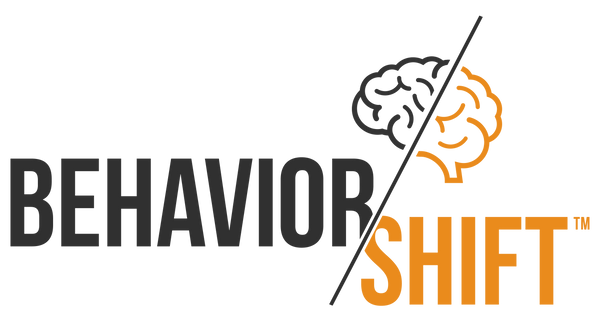A few years ago, I worked with someone - let’s call her Sarah - who was determined to run a marathon.
She bought the shoes, downloaded the training plan, and told everyone about her big goal. But here’s the problem: Sarah hated running. Every training session felt like a punishment. She forced herself through it for a while, but eventually, she quit — frustrated, disappointed, and convinced she “wasn’t disciplined enough.”
The truth? Sarah’s failure had nothing to do with willpower. The real issue was that she’d chosen the wrong goal. Running a marathon wasn’t something that aligned with her true self. It was a goal she picked because it looked impressive and other people valued it.
Now, contrast that with what happened when Sarah took the time to explore her real drivers. She realized that what she actually wanted was more energy and confidence in her daily life. So instead of chasing 26.2 miles, she set a Keystone Goal: building strength and stamina through group fitness classes three times a week.
This goal connected with her values (community, health, and fun), gave her energy instead of draining it, and created a ripple effect — improving not only her fitness, but also her mood, her social connections, and her confidence at work.
That’s the difference between setting any goal… and setting the right goal.
The Science of Goals (and Why We Get Them Wrong)
Psychologists Edwin Locke and Gary Latham have spent decades studying goal setting. Their research is clear: goals that are specific and challenging consistently lead to higher performance than vague or easy ones.
But here’s what most people miss:
-
Direction matters. Goals focus your attention and energy. If they’re pointed in the wrong direction (like Sarah’s marathon), all that effort leads you somewhere you don’t actually want to go.
-
Emotion matters. Neuroscience shows that emotions fuel persistence. When your goals stir something inside you, your brain is more likely to stick with them when motivation dips.
-
Structure matters. Big, abstract goals often fail because they’re overwhelming. Breaking them into milestones and steppingstones creates momentum and builds a sense of progress.
Despite this evidence, most of us were only ever taught the basics — like SMART goals. And while SMART has its place, it’s too shallow to create the kind of deep, life-changing goals that drive you forward.
That’s why your goal setting is broken. And it’s why we built Goal/Shift.
A Better Way Forward
The Goal/Shift Video Training Course was designed to help you set better goals — ones that actually work. It combines behavioral science with practical tools to guide you step by step:
-
Identifying your core values and true self
-
Crafting a Keystone Goal that creates a ripple effect across your life
-
Building milestones and steppingstones to stay on track
-
Anticipating roadblocks (and planning how to overcome them)
-
Staying motivated long enough to see real change
This isn’t theory — it’s a proven method grounded in decades of behavioral science research and applied in real-world practice.
When you align your goals with who you truly are, tap into the emotions that fuel persistence, and put the right structure in place, you don’t just achieve more. You build a better life.
So ask yourself: are you chasing the wrong marathon, or are you ready to find your Keystone Goal?
Sign up for Goal/Shift today and start setting goals that actually stick.
References;
Locke, E. A., & Latham, G. P. (2006). New Directions in Goal-Setting Theory. Current Directions in Psychological Science, 15(5), 265-268.
Amabile, T.M and Kramer, S.J (2011) The Progress Principle: Using Small Wins to Ignite Joy, Engagement, and Creativity at Work, Boston: Harvard Business Press.
Amabile, T.M and Kramer, S.J (2007) 'Inner Work Life: Understanding the Subtext of Business Performance,' Harvard Business Review, May 2007.

